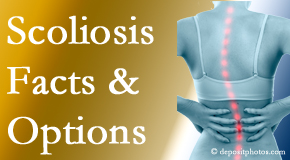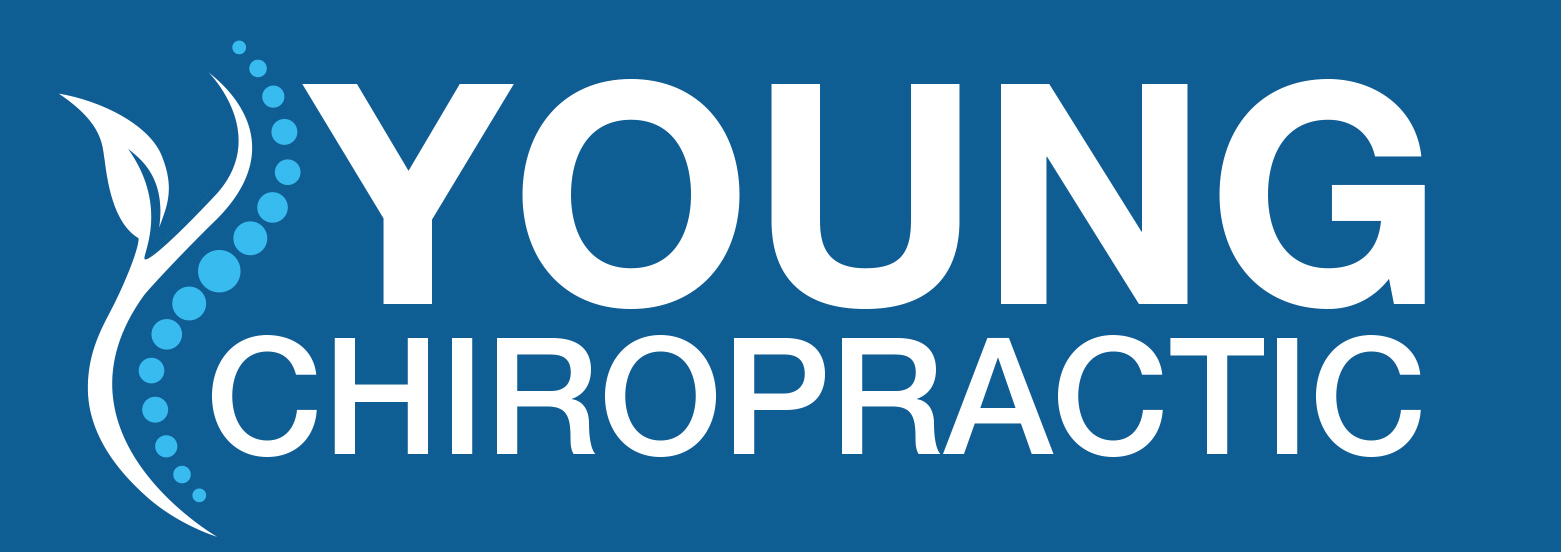Considerations for Easley Scoliosis Patients
Scoliosis isn’t an issue all Easley parents, families or persons have to consider. For those whose lives or loved ones’ lives are concerned with scoliosis, Easley scoliosis is a big consideration. Young Chiropractic shares these new findings about Easley scoliosis development and treatment of scoliosis.
CAUSES OF Easley SCOLIOSIS: PHYSICAL ACTIVITY AS YOUTH
Being physically active is a common recommendation for Easley chiropractic patients. It is important for all Easley kids and especially for kids at risk for scoliosis. Recent research on the mechanism, diagnosis and treatment of spinal scoliosis - though little is understood about the causes of adolescent onset idiopathic scoliosis (AIS) – documented that reduced physical ability and activity in those who go on have scoliosis by age 15 was noted as early as age 18 months. Those children who did more objectively measured moderate/vigorous physical activity at age 11 were 30% less likely to develop scoliosis. (1) Young Chiropractic knows Easley parents will want to keep their kids active!
Easley SCOLIOSIS TREATMENT: OUTCOME PREDICTION
Beyond understanding the development of scoliosis, treatment of scoliosis interests Easley scoliosis patients. The spine holds some clues as to just how it will respond to Easley chiropractic treatment. A significant tilting of the L3 and L4 vertebrae at skeletal maturity, especially one greater than 16°, predicts future curve progression and low back pain in adulthood. (2) Such a spine with adolescent idiopathic scoliosis profits from spinal mobilization and therapeutic exercise. They both may decelerate the progression of the curve and decrease the already increased degree of the curve. A form of spinal manipulation called Cox® Flexion Distraction spinal manipulation incorporates spine distraction with mobilization of vertebral segments through their normal ranges of motion. This may allow increased mobility and help in stopping curve progression and in reducing the curvature. (3)
Easley SCOLIOSIS TREATMENT: SPINAL MOBILIZATION
A new study presented support for spinal mobilization of scoliosis spines. Researchers discovered significant improvements in the neutral angles of both the lower thoracic spine curve and the lower lumbar spine curve after triple-treatment trunk stretching. Triple-treatment trunk stretching may well improve the spinal curve and the physical fitness status of the scoliosis patient. (4) Again, Cox® flexion distraction manipulation stretches the basic anatomical posture of scoliosis.
Easley SCOLIOSIS TREATMENT: SURGICAL VS NON-SURGICAL
Clear evidence of the clinical expectations and outcomes of non-surgical and surgical care for adolescent idiopathic scoliosis (AIS) is lacking. While AIS can progress during the growth years and cause a significant deformity, it is usually not symptomatic. However, the risk of health problems and curve progression rises if the final spinal curvature get to or exceeds a certain point. Scoliosis-specific exercises, bracing, and surgery are more standard interventions to stop the progression. The key aims of all these interventions are to revise the deformity, stop additional deterioration of the curve, and fix the spine’s asymmetry and balance. Additionally, reducing morbidity and pain and allowing return to normal function are also important. Surgery is normally recommended for curvatures exceeding 40 to 50 degrees to stop the curvature. There are several reports of short-term (few months) promising surgical treatment outcomes but not many long-term outcomes (more than 20 years). For those with curves over 45 degrees, there are no randomized controlled trials and prospective controlled trials comparing spinal fusion surgery with non-surgical interventions in people with AIS with a Cobb angle greater than 45 degrees to say one is better. (5)
Easley SCOLIOSIS TREATMENT: CHIROPRACTIC
Chiropractic medicine can be first line care for AIS. The chiropractor determines the curvature angle and sets up a Easley treatment plan that can incorporate spinal manipulation, specialized exercises, postural control, and bracing. If required, interdisciplinary care will be assimilated into the Easley chiropractic treatment plan. Concerning chiropractic Cox® Technic spinal manipulation, consider the study (6) regarding stiffness of the thoracic spine which is the main area of the spine affected by scoliosis. This study found that changes in spinal stiffness with chronic thoracic pain demonstrate correlation with pain and muscle activity. Spinal stiffness is intensified in chronic spine related pain. Improvement of spine motion is a aim of non-surgical treatment of scoliosis whether in the adolescent or middle to older aged individual.
CONTACT Young Chiropractic
Listen to this PODCAST about Cox® Technic chiropractic care of scoliosis presented by Dr. Roberto Branca, an Italian chiropractor using Cox® Technic, on The Back Doctors Podcast with Dr. Michael Johnson. He talks about how he helps keep an active woman who has scoliosis active.
Schedule your Easley chiropractic visit. Considering all the treatments available for Easley scoliosis is key to the adolescent or adult with scoliosis as well as his/her family. Young Chiropractic partners with Easley scoliosis patients and their families to find the right path for spinal mobility, strength, and health.

